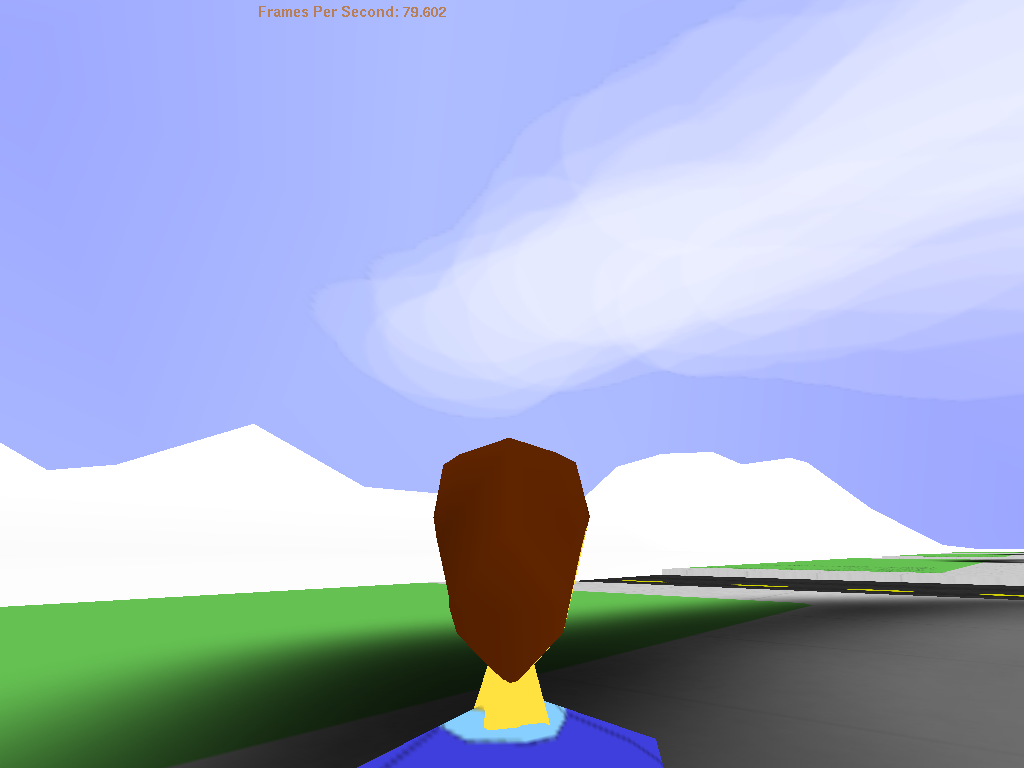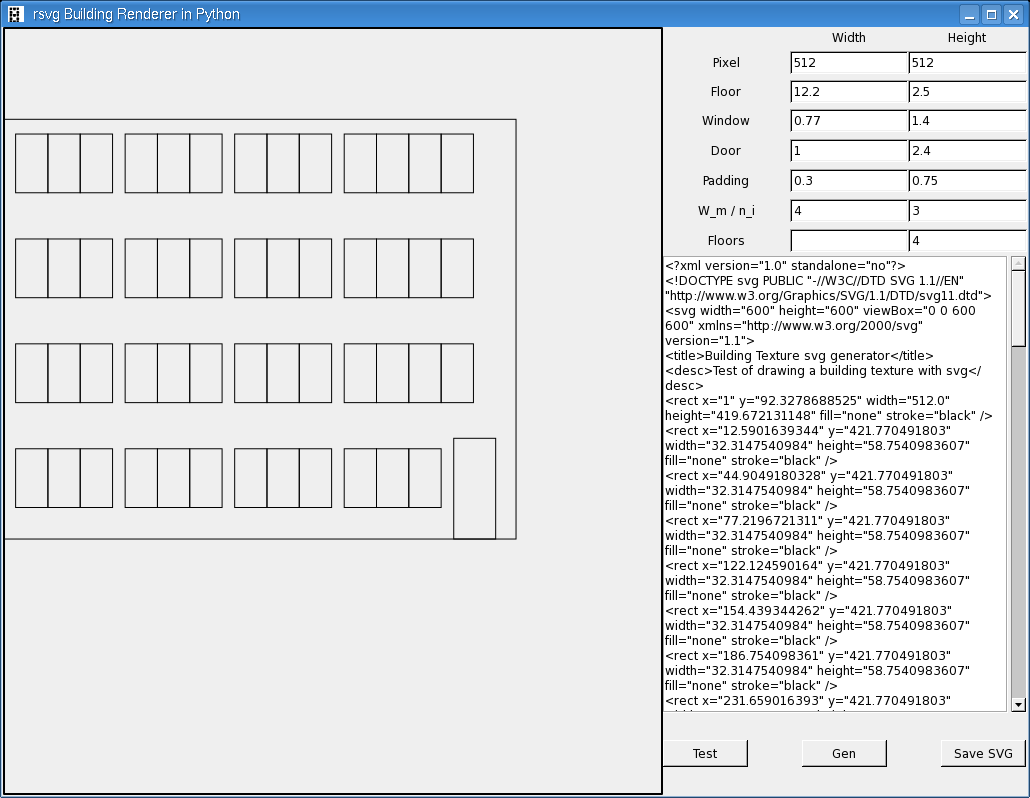Today I did some interesting work with SVG. I have an idea to use librsvg with libart and libxml2 to create a system that renders SVG efficiently on certain platforms for procedural rendering. I have a bunch of projects that seem to require SVG, so I'm glad to have made some progress on it today. It's a rather premature plan, so I won't recount my chickens for you. I'll simply tell you what I found today.
The other day I was talking about a dynamic sky system. It would act like the sky by changing its properties as the day goes by. I tried importing the simple sky system I had the other day into AS3D. It's still buggy, but you can see below that it did actually happen. I'm no longer using the crutch of setting the background color.

Automation is an interesting thing. Some things are just easier and faster done manually. Other things are easier and faster done by a computer. The science of discovering which really is better is left up to common sense. Sadly, common sense is commonly uncommon*. That's where today's design system comes from. I decided during a research session on Seattle buildings' architecture that automation of building design in Cell would be wasteful and that I could simply design buildings using very simple architecture techniques that I found during my research.
* If you get my cliche, laugh, it's not meant to be insightful.




